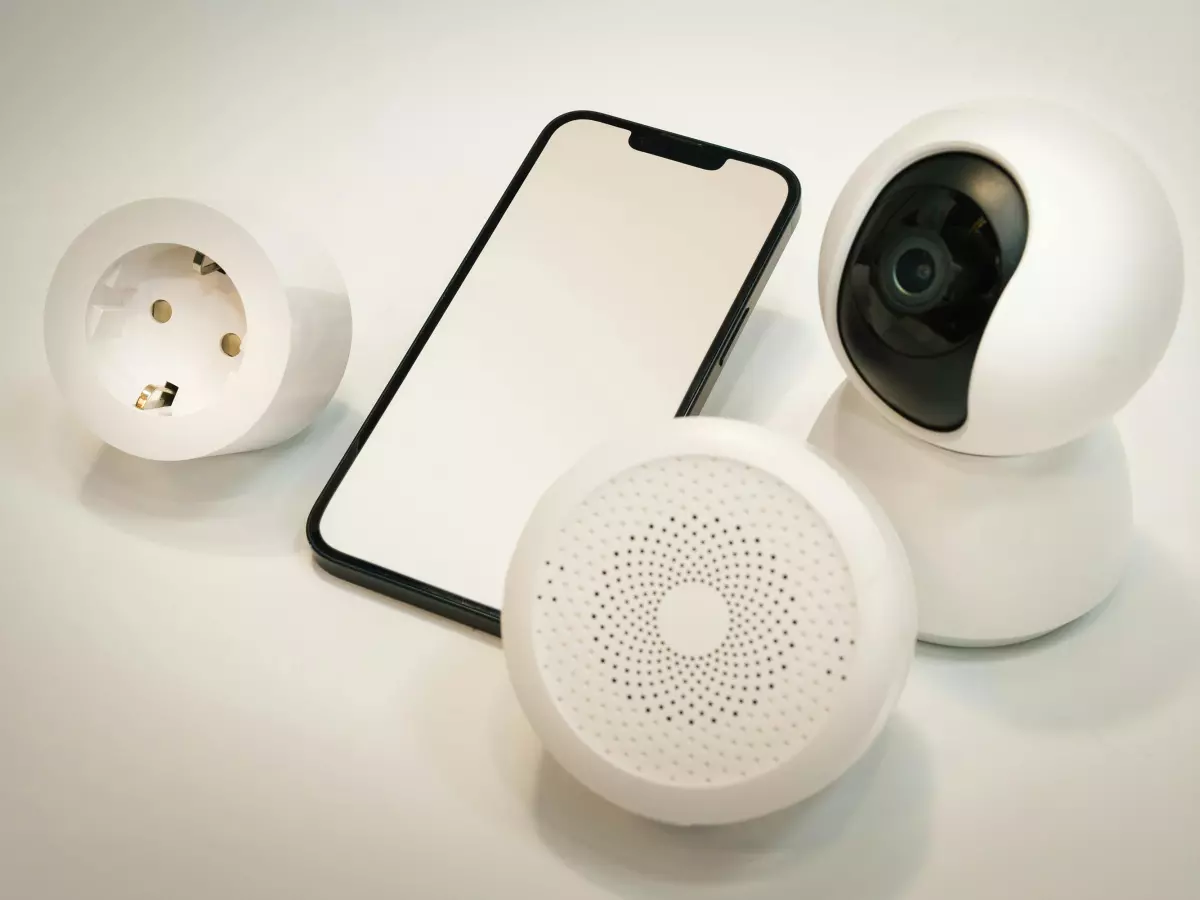Signal Chaos
If your smart home feels more like a haunted house with devices randomly losing connection, it’s time to take action. Signal interference could be the invisible ghost messing with your tech, and understanding how to handle it is key to keeping your smart home running smoothly.

By Jason Patel
Let’s start with the basics: signal interference. In the world of smart homes, signal interference refers to the disruption of wireless communication between devices. This can happen for a variety of reasons, from physical barriers like walls to other electronic devices operating on the same frequency. The result? Your smart lights don’t turn on when you ask, your security cameras freeze, and your smart thermostat decides to ignore you. Not exactly the seamless, futuristic experience you signed up for, right?
Here’s the thing: smart home devices rely heavily on wireless protocols like Wi-Fi, Zigbee, Z-Wave, and Bluetooth to communicate. And while these protocols are designed to work in harmony, they can sometimes clash, especially when there’s a lot of “noise” in the airwaves. This noise can come from other smart devices, your neighbor’s Wi-Fi, or even your microwave. Yes, your microwave. So, how do smart home devices handle this interference, and more importantly, how can you minimize it?
Understanding the Frequency Game
Most smart home devices operate on two main frequency bands: 2.4 GHz and 5 GHz. The 2.4 GHz band is like the crowded highway of wireless communication. It’s used by everything from your Wi-Fi router to your Bluetooth headphones to your baby monitor. The 5 GHz band, on the other hand, is less crowded but has a shorter range and struggles to penetrate walls. Many modern smart home devices are dual-band, meaning they can switch between these two frequencies to avoid interference.
But here’s the catch: while 5 GHz offers faster speeds and less interference, it’s not always the best option for smart home devices that need to communicate over longer distances or through multiple walls. Devices like smart door locks or outdoor cameras often rely on the 2.4 GHz band because it has a longer range, even though it’s more prone to interference. So, smart home devices have to strike a balance between range and signal clarity, and that’s where things can get tricky.
How Devices Adapt to Interference
Smart home devices are getting, well, smarter about handling interference. Many devices now come with built-in algorithms that allow them to detect interference and automatically switch to a less crowded channel or frequency. For example, if your smart speaker notices that the 2.4 GHz band is getting too noisy, it might hop over to the 5 GHz band to maintain a stable connection. Similarly, Zigbee and Z-Wave devices can automatically adjust their communication channels to avoid interference from Wi-Fi networks.
Another way smart home devices handle interference is through mesh networking. In a mesh network, devices don’t just communicate directly with your router; they also talk to each other, creating multiple pathways for data to travel. This means that if one path is blocked by interference, the data can take a different route. Mesh networks are particularly effective in larger homes where devices are spread out over a wide area.
Common Sources of Interference
So, what exactly is causing all this interference? Here are some of the usual suspects:
- Wi-Fi Congestion: If you live in an apartment building or a densely populated area, chances are your neighbors’ Wi-Fi networks are crowding the airwaves. This can lead to slower speeds and dropped connections for your smart home devices.
- Microwaves: Believe it or not, your microwave operates on the same 2.4 GHz frequency as many smart home devices. When you’re heating up last night’s leftovers, you might notice your Wi-Fi speeds drop or your smart devices become unresponsive.
- Bluetooth Devices: Bluetooth operates on the 2.4 GHz band as well, and while it’s designed to minimize interference, too many Bluetooth devices in close proximity can still cause problems.
- Physical Barriers: Walls, floors, and even furniture can weaken wireless signals, especially if they’re made of materials like metal or concrete.
How to Minimize Interference
Now that you know what’s causing the interference, let’s talk about how to fix it. Here are some tips to keep your smart home running smoothly:
- Upgrade Your Router: If you’re still using an old router, it might be time for an upgrade. Newer routers are better equipped to handle multiple devices and can automatically switch between channels to avoid interference.
- Use a Mesh Network: As mentioned earlier, mesh networks can help reduce interference by creating multiple pathways for data to travel. This is especially useful in larger homes or homes with thick walls.
- Move Devices Away from Interference Sources: Keep your smart home devices away from microwaves, cordless phones, and other electronics that operate on the 2.4 GHz band.
- Use Wired Connections: Whenever possible, use wired connections for devices that don’t need to be wireless, like smart TVs or gaming consoles. This will free up bandwidth for your wireless devices.
- Change Wi-Fi Channels: Most routers allow you to manually change the Wi-Fi channel. If you’re experiencing interference, try switching to a less crowded channel.
What’s Next for Smart Home Connectivity?
As smart home technology continues to evolve, we can expect devices to become even better at handling interference. New protocols like Wi-Fi 6 and the upcoming Wi-Fi 7 are designed to reduce congestion and improve performance in crowded environments. Additionally, more devices are starting to support multi-band communication, allowing them to switch seamlessly between different frequencies to avoid interference.
So, while signal interference might be a pain right now, the future looks bright for smart home connectivity. With the right tools and a little know-how, you can keep your smart home running smoothly, even in the face of interference.





